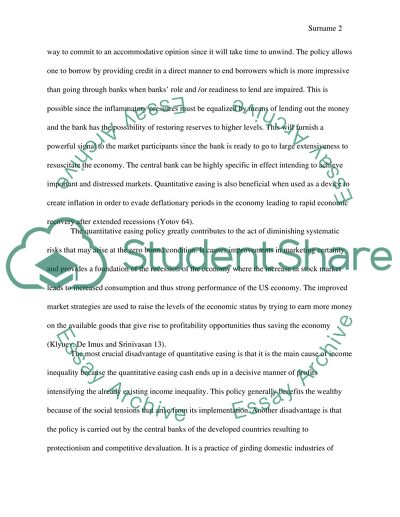Cite this document
(“Write a proposal for relax quantitative easing monetary policy Essay”, n.d.)
Retrieved from https://studentshare.org/macro-microeconomics/1623242-write-a-proposal-for-relax-quantitative-easing-monetary-policy
Retrieved from https://studentshare.org/macro-microeconomics/1623242-write-a-proposal-for-relax-quantitative-easing-monetary-policy
(Write a Proposal for Relax Quantitative Easing Monetary Policy Essay)
https://studentshare.org/macro-microeconomics/1623242-write-a-proposal-for-relax-quantitative-easing-monetary-policy.
https://studentshare.org/macro-microeconomics/1623242-write-a-proposal-for-relax-quantitative-easing-monetary-policy.
“Write a Proposal for Relax Quantitative Easing Monetary Policy Essay”, n.d. https://studentshare.org/macro-microeconomics/1623242-write-a-proposal-for-relax-quantitative-easing-monetary-policy.


